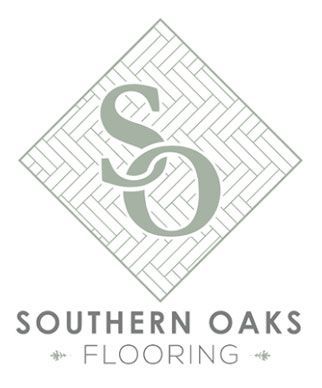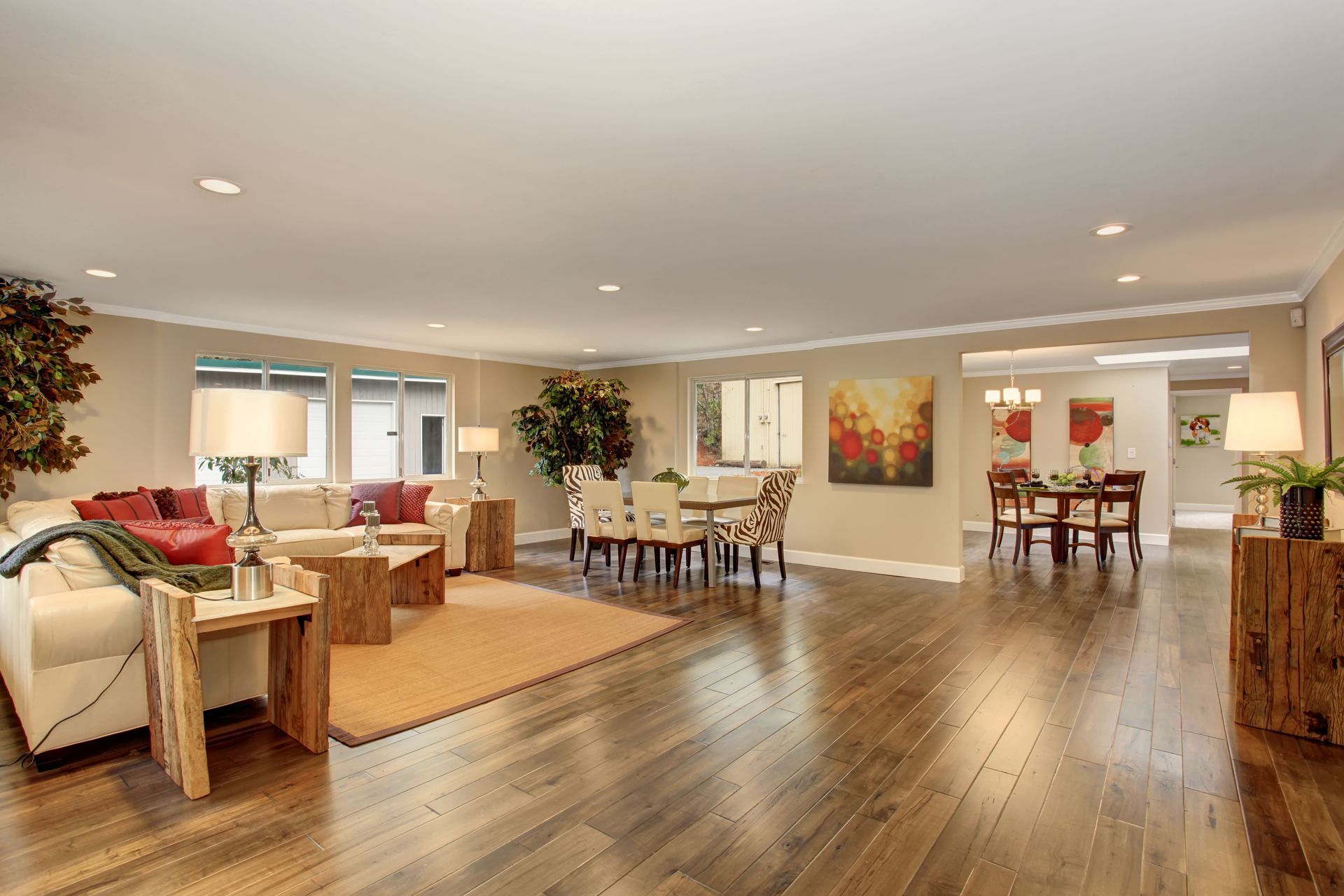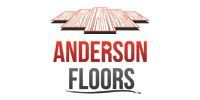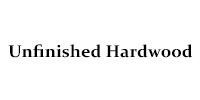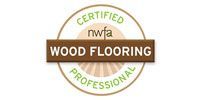What is a Screen and Recoat?
Kristin Fitzgerald • April 17, 2018
April 17, 2018
Learn how and why a screen and recoat gives hardwood floors new life without the hassle and cost of fully refinishing.


By Southern Oaks Flooring
•
November 13, 2025
Solid Hardwood What is solid hardwood? Solid hardwood flooring is simple enough to understand: each strip or plank is cut from one solid piece of wood without any visible layers. It can vary in thickness from 3/4-in. to 5/16"-in., but 3/4-in. is the most common option.

By Southern Oaks Flooring
•
November 13, 2025
It was actually exciting to see so many cool flooring products. Jared was enamored with the sanding and finishing equipment as well as the demonstrations for products like Rubio Monocoat. You'd have thought he was going to have to write a 1500 word essay later from all the questions he asked. He reminded me of...me, as an overachieving student (K-College.) I have to say I was pretty proud! Also, what is it about human beings that makes us unnaturally excited about free t-shirts? It was like we'd never seen one before when we got ours to put in our bags. Free food samples seem to have the same effect on people. Just go to Costco on a Saturday to see what I mean. I go during the week to beat the crowds. ;) But I digress...
